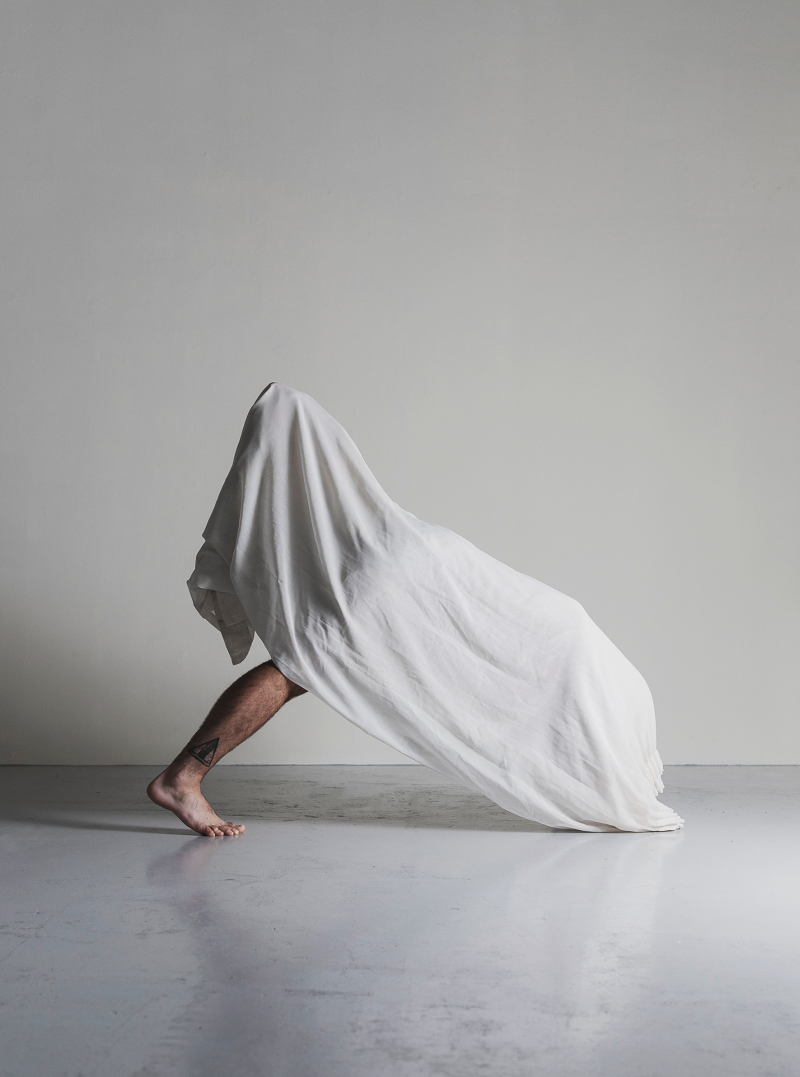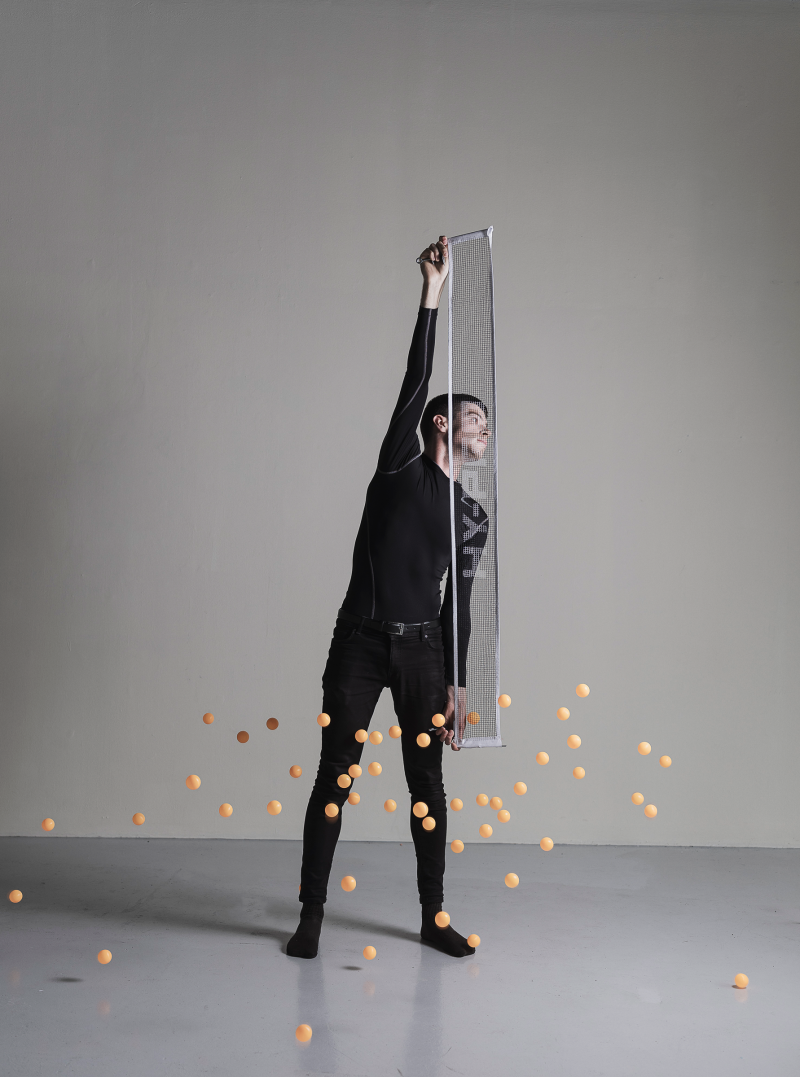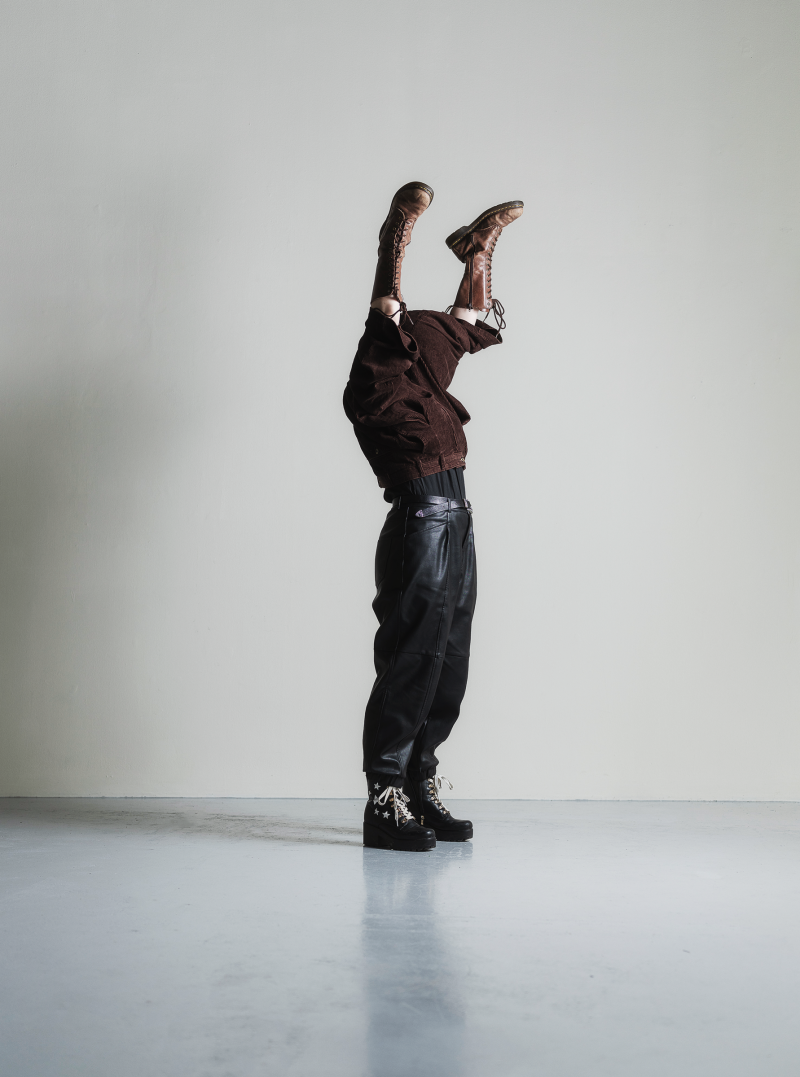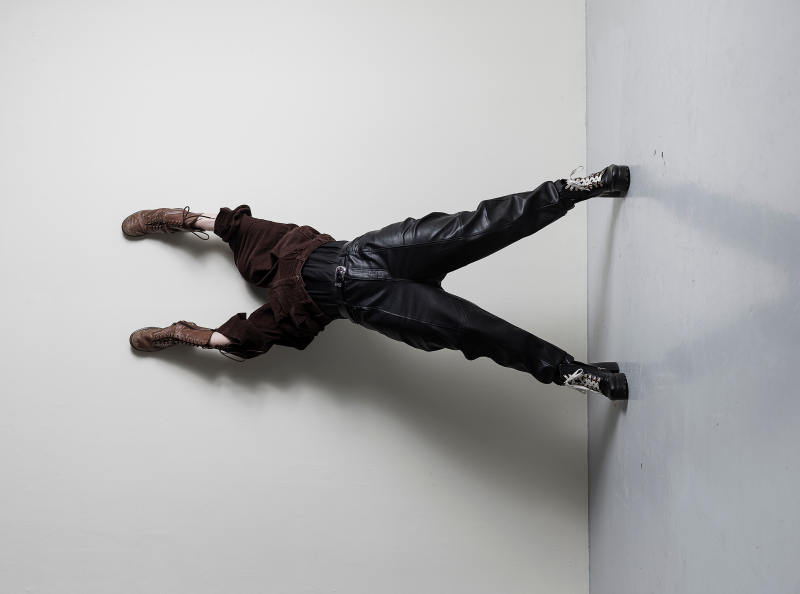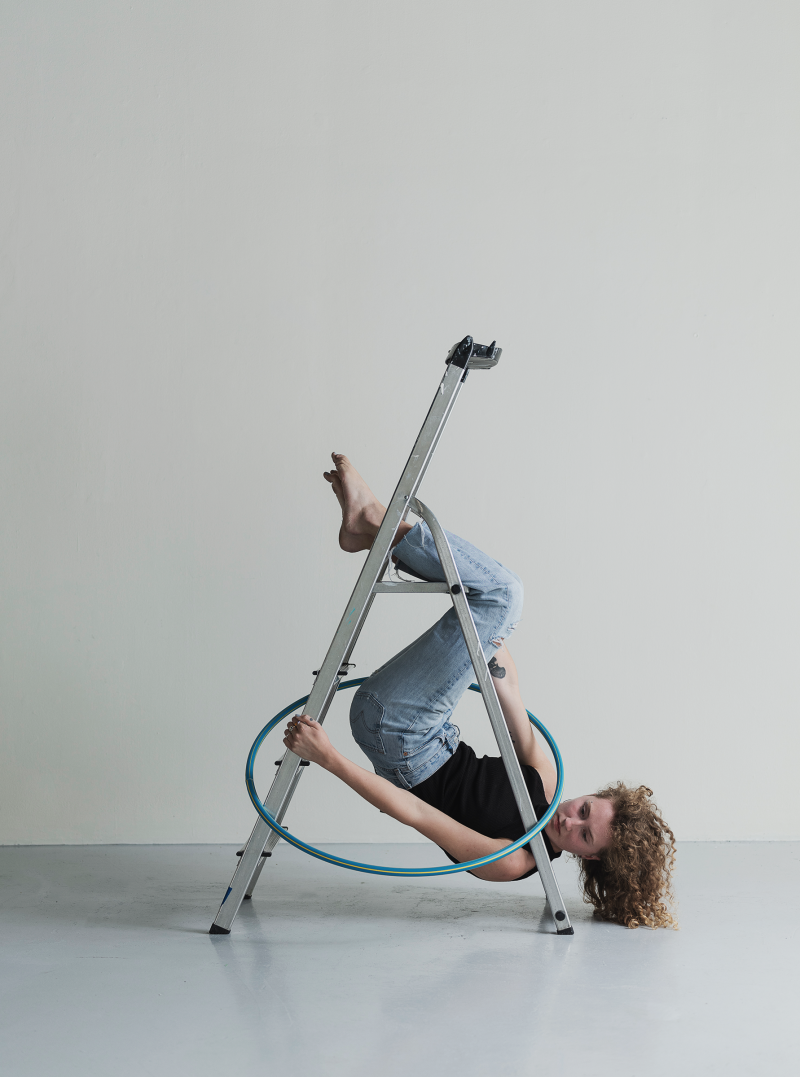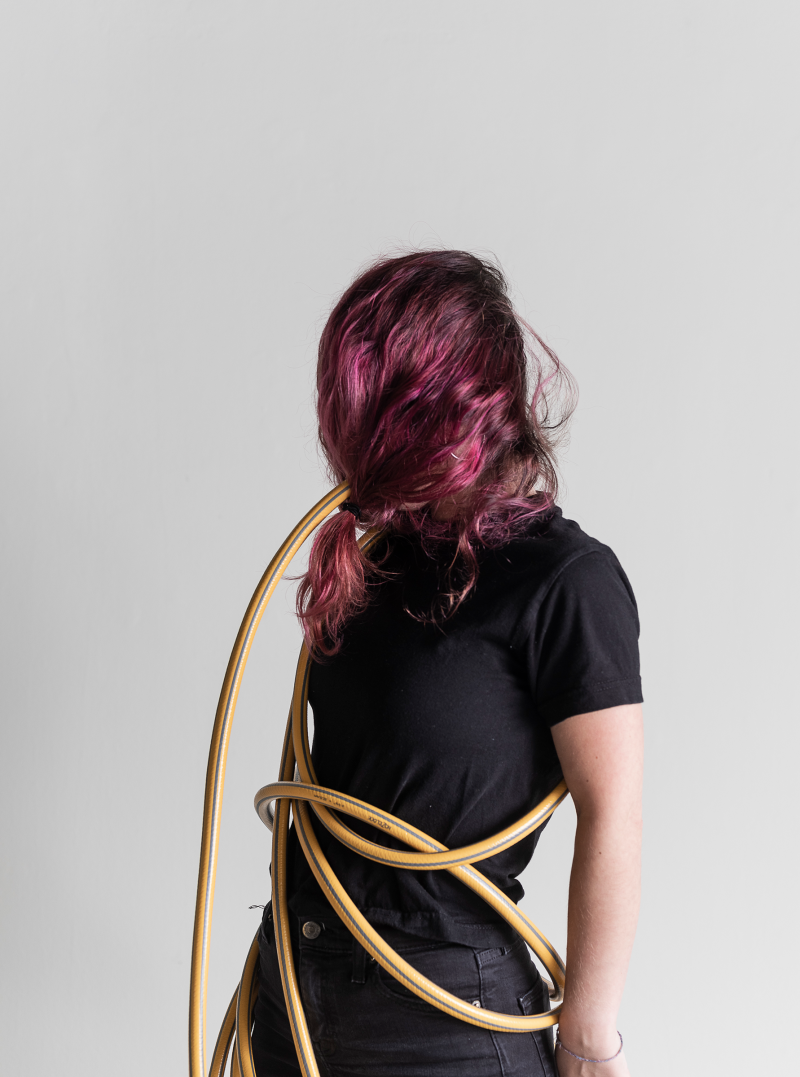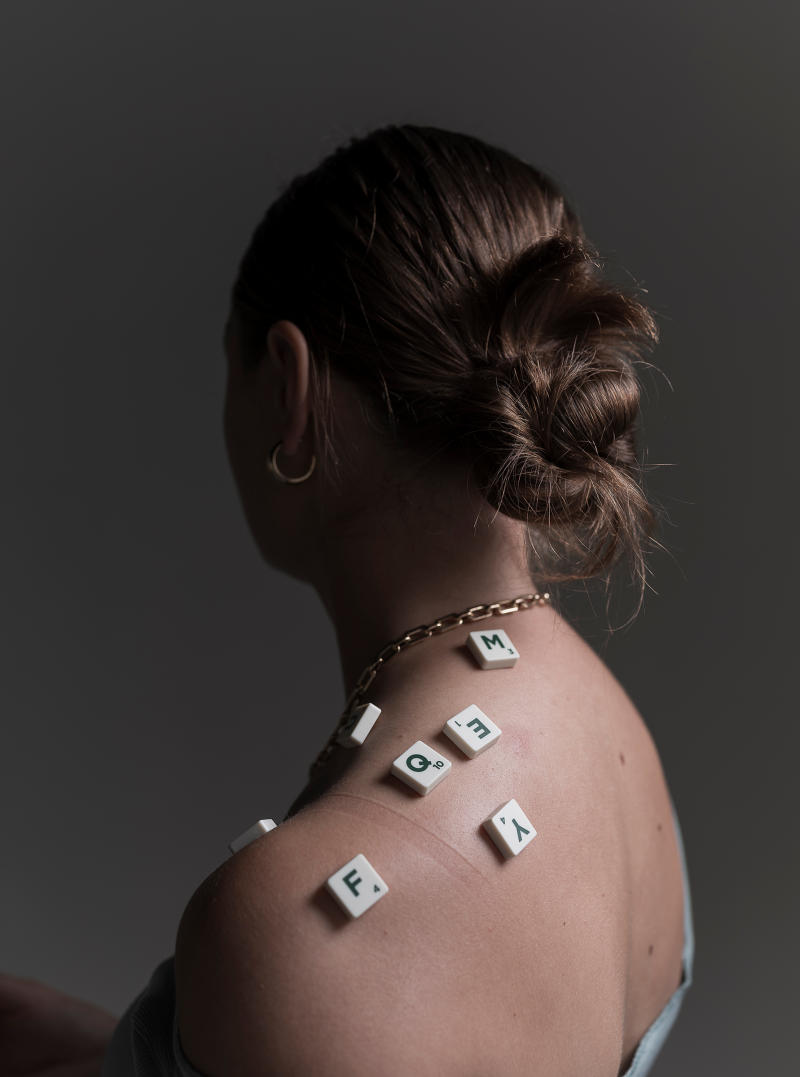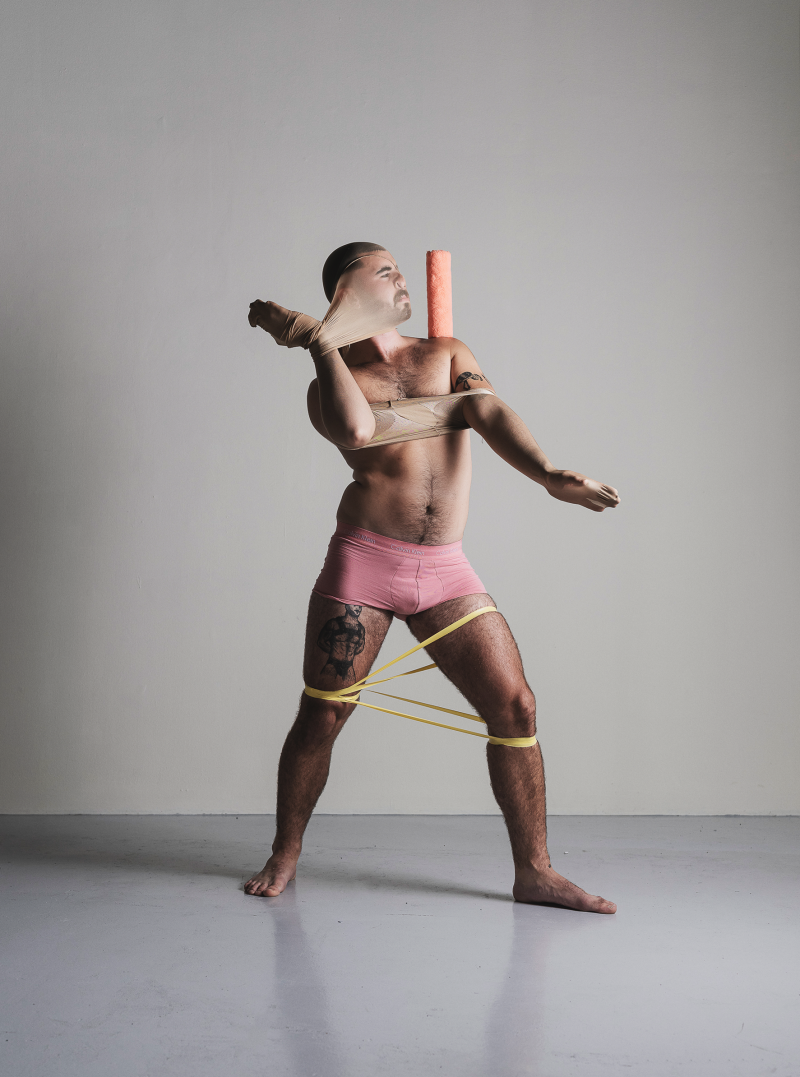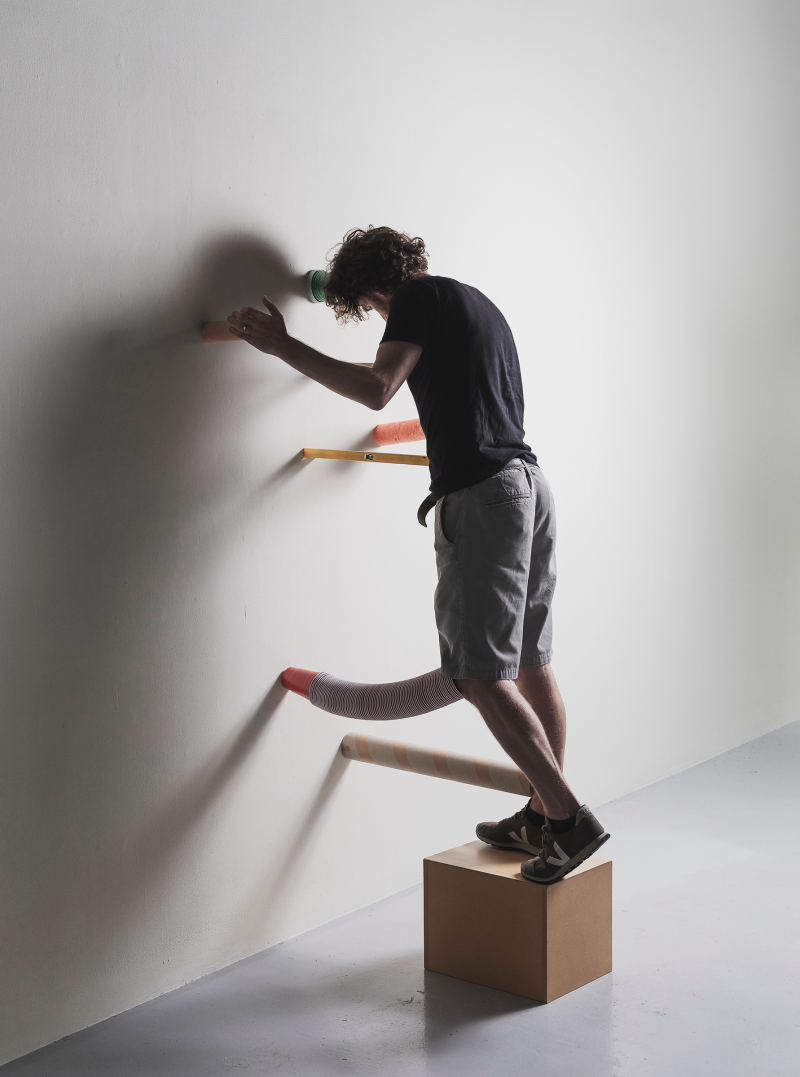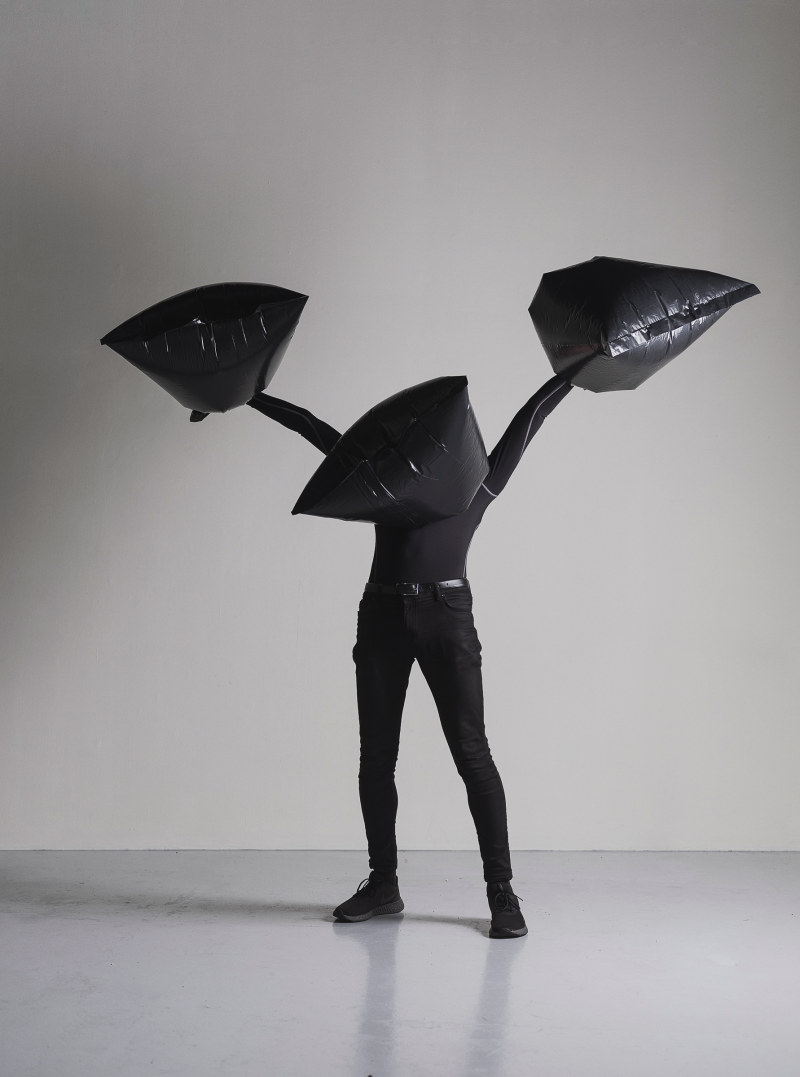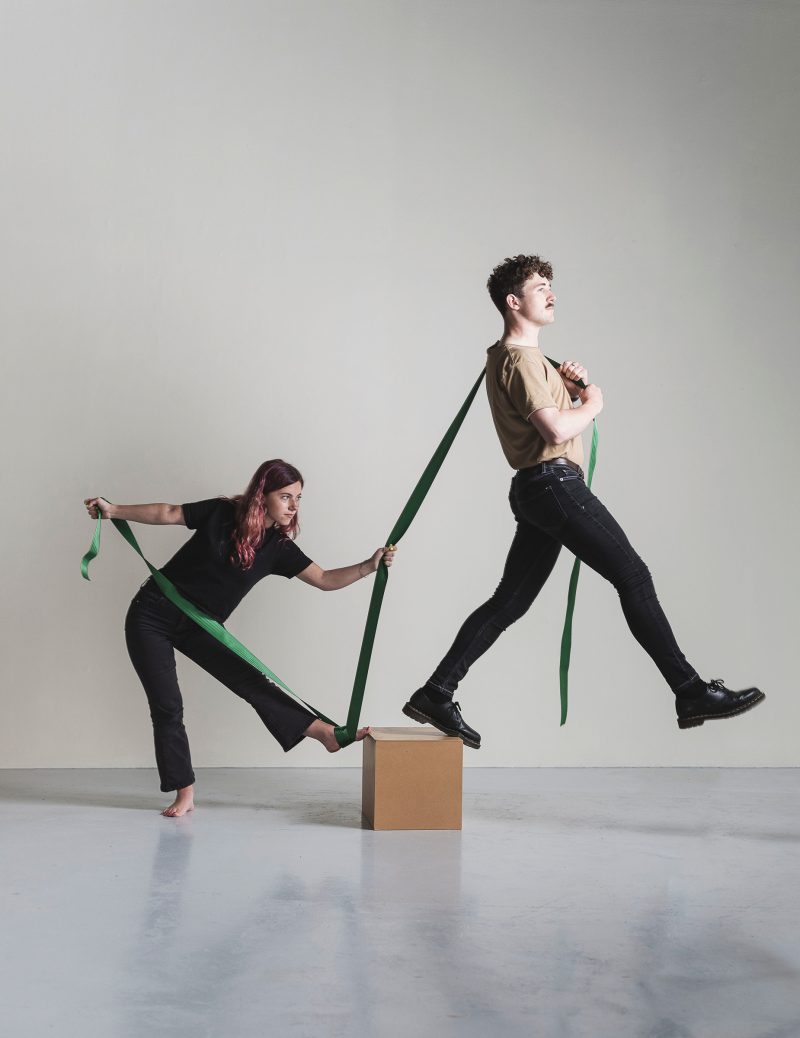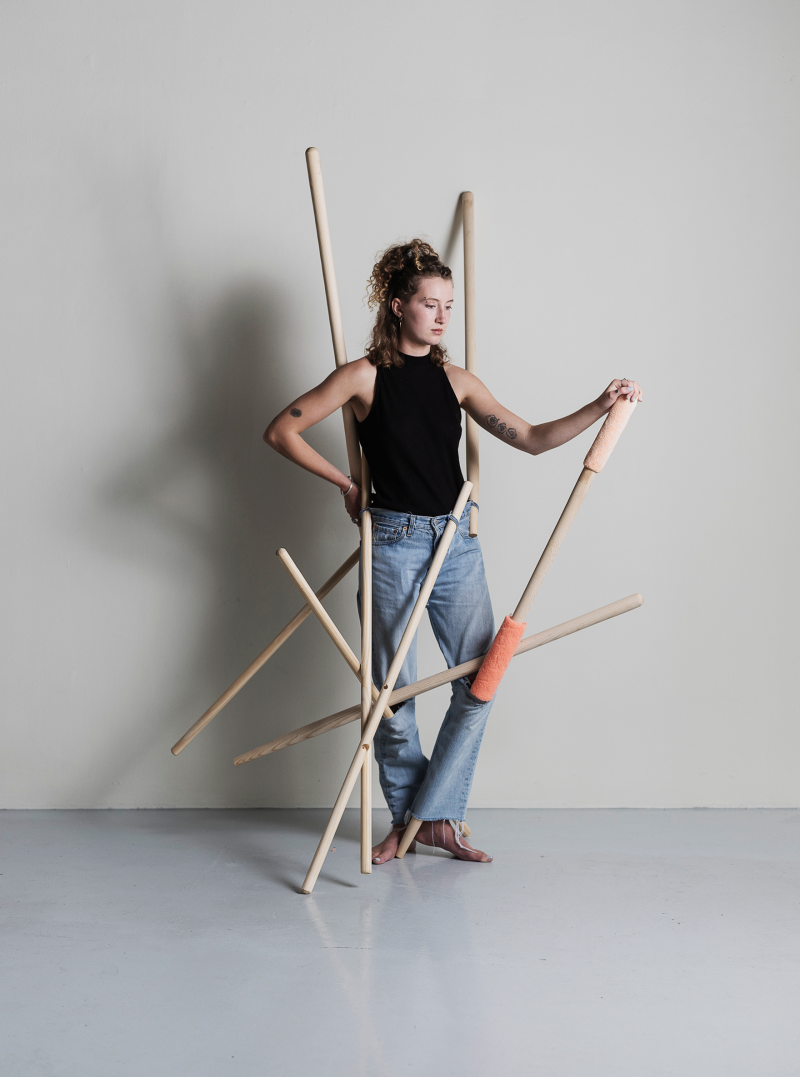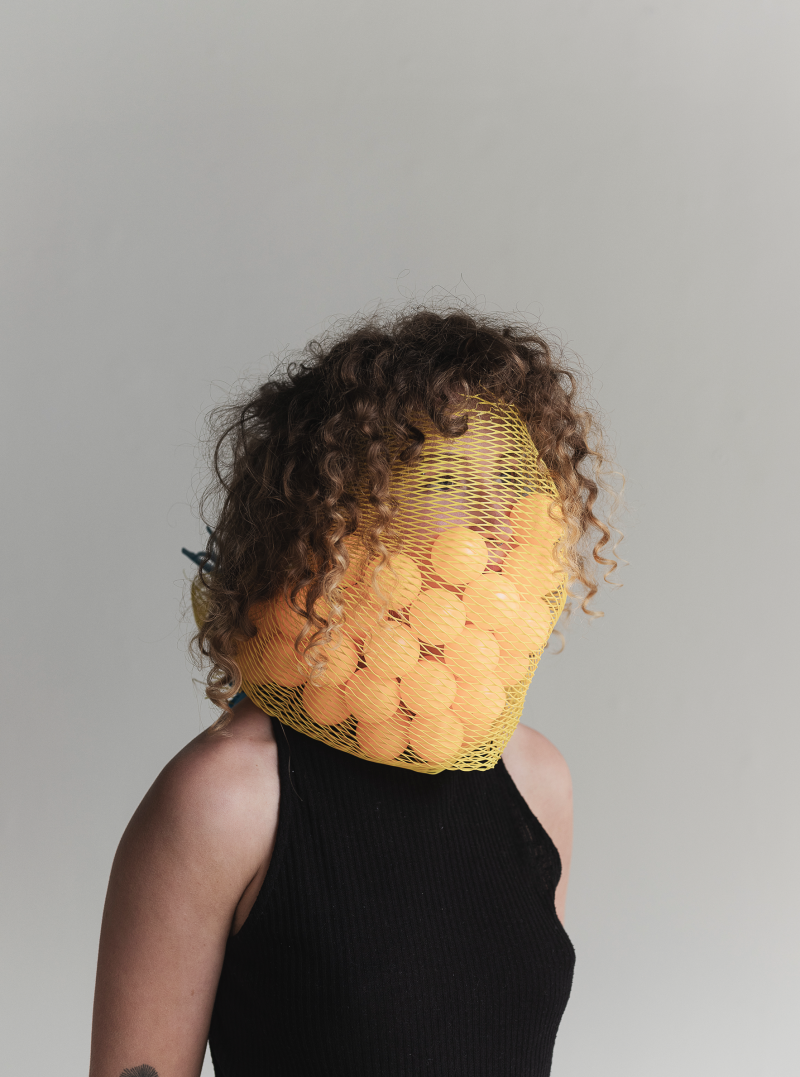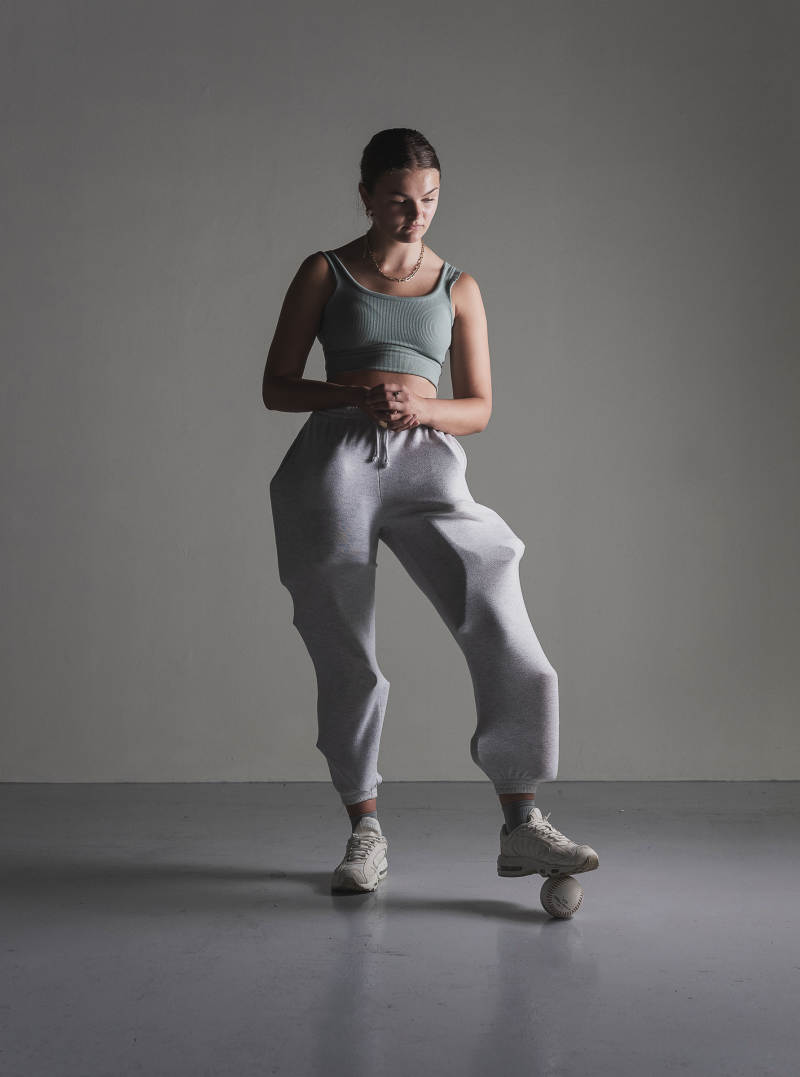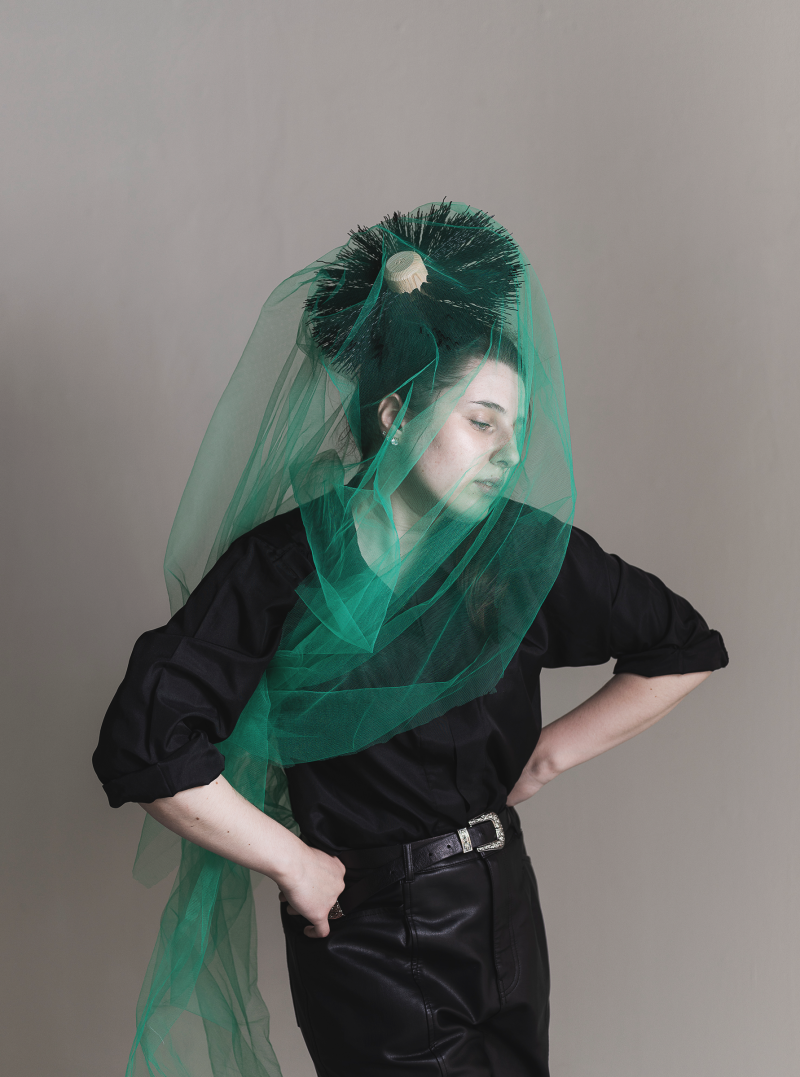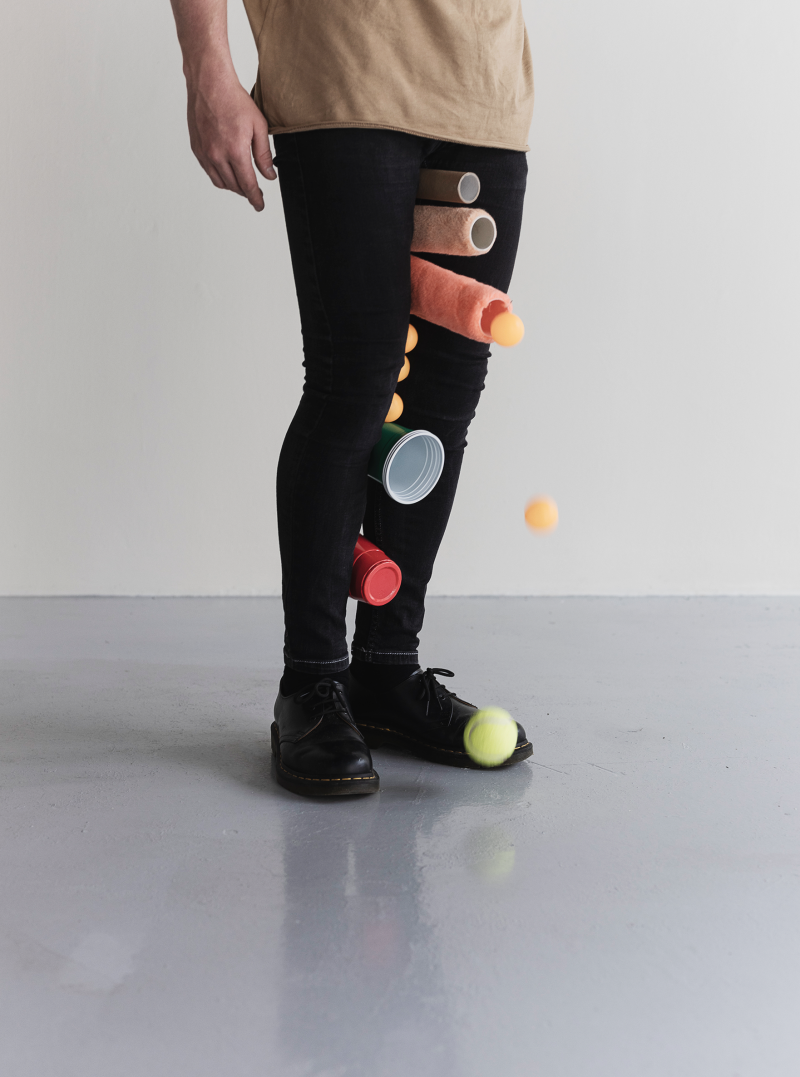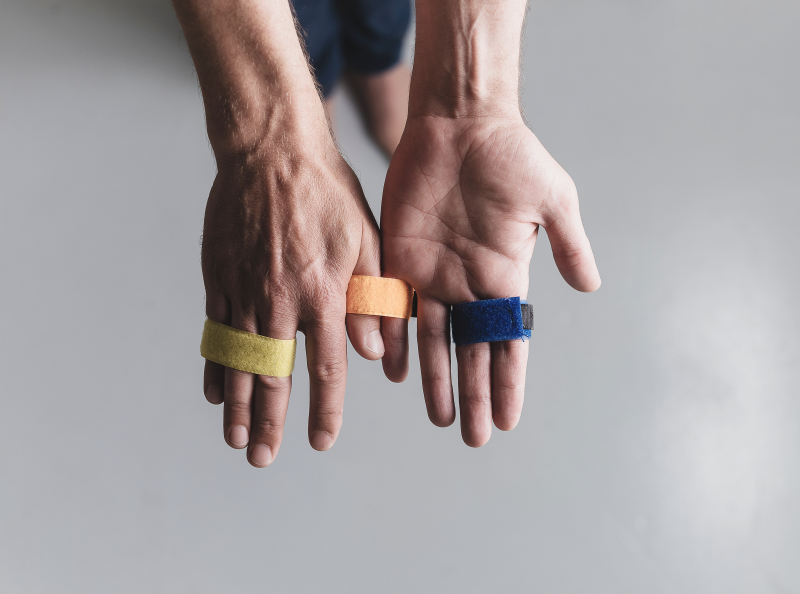NCAD’s Alumni Network
NCAD graduates are an enterprising, innovative and creative group, many of whom have gone on to forge successful careers across a range of disciplines and with world famous organisations.
Graduates of NCAD automatically become a member of the NCAD Alumni network. As part of the Alumni you will be able to keep in touch with fellow graduates and initiatives they are involved in, as well as with developments and initiatives in the College.
Keith Fitzsimons, BA Product Design (2020)
James Dyson Award National Runner-Up, BA Product Design (2020) Graduate Keith Fitzsimons was nominated for IDI graduate awards in three categories and shortlisted at Global Design Graduate Show.
'I owe my current job to the choice of topic for my major project. I put a lot of time into deciding on my topic, and even switched a few times. But in hindsight, I’m glad I gave it the deliberation it deserved.'
Keith Fitzsimons
Design Competition Awards
- Nominated for IDI graduate awards in three categories
- James Dyson Award National Runner-Up
- Highly Commended Global Undergraduate Awards in Architecture and Design Category
- Shortlisted at Global Design Graduate Show
What career path did you want to follow as a child?
I always struggled to think what I wanted to be when I grew up. I loved drawing and making things as a kid, but never saw myself as an artist at all. My brother is an architect and my grandad was a carpenter, so these two disciplines always interested me somewhat. Once I found out about product design, I knew it was what I wanted to do.
Why did you decide to study at National College of Art & Design?
I spoke to product design tutor Caoimhe McMahon at a small stall at a UCD open day, and this was the first time I realised product design even existed as a course or profession. It was exactly what I was looking for; a practical and hands-on course that was more about creating than sitting in a lecture hall. I then went to an open night the following week. I had never seen NCAD before that, and the energy and feel around the college sealed the deal for me. The close-knit feel of the NCAD campus really appealed to me.
How did you develop your career towards your current job?
I owe my current job to the choice of topic for my major project. I put a lot of time into deciding on my topic, and even switched a few times. But in hindsight, I’m glad I gave it the deliberation it deserved. I chose to design for people with cystic fibrosis, as I always loved projects that had a medical focus throughout my time in NCAD. As I was wrapping up my major project, I began applying for jobs, and one of the tutors, Enda O’Dowd, had told me about a company who were creating remote monitoring solutions for people with respiratory diseases like CF, called patientMpower. I contacted the company as I thought I could be a good fit, considering the subject of my project. Thankfully they took me on, and it has been a fantastic experience so far. I encourage others to pick something they’re interested in for their major project, and then look for companies that are doing similar work.
If you were chatting with current NCAD students today about entering design competitions, what is the one piece of advice you would offer?
Try something new with every project. Not like a radically different approach or anything; but try to learn to make a promo video for your project, for example. Then for the next one, learn to make an animation of it, or a new rendering software, and so on.
Portfolio Links: keithfitzsimons.myportfolio.com
Linas Staniukynas , BA Interaction Design 2020
BA Interaction Design Graduate (2020) Linas Staniukynas is the winner of the Interaction Design/Game Design Judges vote at the ARTSTHREAD i-D Global Graduate Awards 2020.
'Even as students, we are producing work that competes with people in the creative industry and we should be a lot more confident about it.'
Linas Staniukynas
Design Competition Awards
- Winner of the Interaction Design / Game Design Judges vote at the ARTSTHREAD i-D Global Graduate Awards 2020 Project: Grace ‘Life is better with friends’
- Highly Commended at RSA Awards
- Finalist at Design and Art Direction Awards
What career path did you want to follow as a child?
I can’t remember, I know I could never decide what I was going to do as I was finishing up secondary school. Maybe a game designer? Maybe a chef? I don’t know why I thought that was a good idea since I barely cook. Maybe an artist?
Why did you decide to study at National College of Art & Design?
I enjoyed art in school, so I applied for NCAD. Disappointingly, I didn’t get in first time round. So, I did a portfolio PLC course and got in the following year. Being able to try out different types of art and design in first year helped me decide what I wanted to do. I thought I had zoned in on product design, but then we were told about a brand-new course called interaction design. It sounded like it combined a few of my interests.
Tell us a bit about your award-winning design project.
The brief, which my classmate and co-designer Kipras Pasakinskas and I chose from the Royal Society of Art Awards competition, was to design a way to enable people to live longer and have a better life when they get older. Speaking to older people and health professionals was instrumental in the formation and development of our design, Grace. Social isolation is a huge problem for older people; there are plenty of services and activities to help but are hard to find. Social prescribing is a relatively new service. It aims to help people by connecting them to different activities and groups. We were inspired by L.A.M.P, the Liberties Asset Management Project, a community focused initiative investigated and developed by NCAD product design students, a number of years ago, with information about the local community, business, services and activities in the Liberties district.
From our experience of using the L.A.M.P database, much was out of date or irrelevant. Kipras and I saw an area for innovation. An AI can handle the tedious task of keeping everything up to date by using a natural language processing technology to communicate with service providers. Design for ageing can be a heavy topic. If anyone wishes to learn more about it, you can find out more in my portfolio. Even better, reach out to me. I would be happy to tell you about our project.
What is the one experience – during all the time you have invested in competition entries – that has informed you most in your career preparation and work to date?
One experience stands out during the D&AD competition. Our design class was in a Zoom meeting with seven professionals, in either the start-up or scale-up categories. We shared our concept and design presentations, and they shared theirs. We saw that our work wasn’t too far off the standard of the professionals. In some cases, we thought ours was better. It demonstrated that, even as students, we are producing work that competes with people in the creative industry and we should be a lot more confident about it.
If you were chatting with current NCAD students today about entering design competitions, what is the one piece of advice you would offer?
Before you enter a competition, ensure your project is solid. Speak to the people you are designing for and who know more about the field than you. If you can, bring ideas or concepts to discuss. If you have permission, record the conversations. You have got to put in the work. Come in early. Stay in late.
When you do submit your entry (which has been reviewed by yourself and your peers), and if you do happen to get shortlisted, then practice your presentation, until you are completely comfortable. Ask friends and tutors if you can present to them and ask for feedback. If you have a complex project, keep it simple and easy to understand, and most of all, try to tell a story. That’s what people like to hear.
Portfolio Links: www.staniukynas.com
Lucy van Lonkhuyzen, BDes Metals (Jewellery & Objects) 1996
Current Career - Production Designer, Normal People
We caught up with Lucy van Lonkhuyzen, National College of Art & Design graduate and production designer, to chat about her career, and work on internationally acclaimed television drama Normal People.
How did you come to be in your current job?
After graduating I wanted to travel and work overseas; at first, I worked for a jewellery studio in San Francisco, and then in similar jobs in Australia. After returning to Ireland, I took up a place on an RTE trainee program for production designers. The three-year programme proved to be an incredible on-the-job learning experience. Working mainly on drama and light entertainment shows, I was part of a multidisciplinary team of specialists. I already had some Photoshop and Illustrator experience from college and began learning hard skills like AutoCad in order to work with teams of carpenters, metal fabricators and lighting designers. These specialists require accurate technical drawings to create the sets and build the furniture, as well as ensuring that the lighting creates the appropriate backdrop for filming. I quickly realised I was good at production design; my personality and soft skills helped me get things done efficiently. I’m always working with suppliers, hustling to strike a deal to stretch budgets; it’s a high-pressure environment. Then, in the early noughties, I left RTE and went freelance.
What did you learn - during your time at NCAD - that helped prepare you for your career?
A design degree teaches you the process of design and that, in order to do the job professionally, you should be prepared to put the time in. From the initial research, to the development of mood boards, creating detailed specification drawings and 3D models for the team, there’s a sequence of steps you must take. All this work requires a process but importantly, it also requires a high level of grit and determination too. My work can be relentless. So, I fall back on my college experience and the endless hours of studio practice that are required.
What sort of research and preparation is required for production design in a TV series like Normal People?
I was invited to pitch for the job with Director Lenny Abrahamson and created several production design mood-boards. My research mainly involved focusing on Irish life; I draw a lot of inspiration from researching Irish photography; the use of lighting and composition in photography is always a significant source of reference in my work. Thankfully, my research was well-received. I was invited back for a second interview, before being offered the job. My experience working in the industry has heightened my intuition and I’m closer to knowing instinctively what will work and what won’t.
How did the idea of filming a scene for Normal People at NCAD happen?
My husband, film location manager Eoin Holohan, was struggling to find a perfect location in Dublin for the Swedish Apartment scene. I remembered my days in the old Granary Building as a foundation art student and felt it might make a great location for the shoot. So, we approached NCAD Buildings Manager Nick Andrews. After an initial site visit, I developed an apartment design and specification list not only for my team but for Nick too. NCAD lighting and temporary studio partition walls had to be removed before the film crew moved in during August 2019 to build the set. We even created a fully functioning bathroom that required the installation of a temporary water tank. Working with Nick Andrews and NCAD was a great experience. The set build took less than two weeks, and all filming was completed in two days.
What plans do you have for the future?
Reviews of my production design on Normal People have been really positive, which is exciting. While I wouldn’t say the phone is ringing off the hook due to the pandemic, I’m now suddenly receiving calls from overseas. As I work without an agent, this is a breakthrough. Right now, filming on my current job Valhalla has ceased due to lockdown. In the meantime, I’m up-skilling and re-skilling by taking online courses in 3D modelling packages such as Rhino, Vectorworks and Sketchup.
Alanagh Clegg, (BDes (Hons) Textiles) 2016
Current Career - Fashion Designer
We caught up with Alanagh Clegg, NCAD graduate and founder of Four Threads, to chat about her career.
'Treat your degree as the beginning of your practice. The time spent in NCAD is a time to dive into your personal creative path.'
Alanagh Clegg
What career path did you want to follow as a child?
For a time, I wanted to be an architect, during school I really enjoyed both technical drawing class and construction studies. The task of solving problems through drawing and creating a new object was always very exciting for me. My favourite time in school was when I had a blank piece of paper, a pencil and a ruler to just create!
Why did you decide to study at National College of Art & Design?
After learning about NCAD at a young age, I always pictured myself going there. When applying I was unsure of what career path I wanted to pursue, but I knew that NCAD would present me with many options and time to find the right path for me to follow.
How did you develop your career towards your current job/practice?
In my final year, I developed my project around the idea of creating my own brand. Through the physical project and written thesis, I explored all the details that go into starting a collection, from sourcing and production through to branding. Through this process, Four Threads, my brand was created. Over the next few years, I have been slowly building on the idea and it has been an ever-evolving collection since then.
What is the one experience – during your time at NCAD – that has informed you most in your career/work to date?
Through writing my thesis, I researched the hand-crafted textile techniques of India. This exploration led me on a trip to many regions in rural India where I met with craftspeople and learned the history of their cultures. To this day, I work with these craftspeople including weavers, dyers, block printers and hand embroiderers, who all play integral roles in each collection and my overall business.
If you were chatting with current NCAD students today, what is the one piece of advice you would offer?
Treat your degree as the beginning of your practice. The time spent at NCAD is a time to dive into your personal creative path. I would encourage students to begin challenging yourself now, asking what it is you want to achieve and, through every project you take on, craft it to suit your own path.
Given the global turmoil and change, accelerated by the COVID-19 pandemic, what – in your opinion – are the opportunities for those in creative industries?
The fashion/clothing industry has been on the cusp of change for a long time now. The Covid-19 pandemic has accelerated a lot of change in the industry, mostly positive, in my opinion. The rate at which fashion brands are producing collections has become unsustainable over time. In 2020, with production worldwide coming to a halt, brands have been given the opportunity to rethink how they produce, while consumers have also been given an opportunity to pause and re-think how they shop and who they are supporting.
Website Links: four-threads.com
Karen Donnellan, BDes (Hons) in Craft Design (Glass) 2009
Current Career – Artist / Academic
'I think I really thrived in that smaller, community atmosphere.'
Karen Donnellan
What career path did you want to follow as a child?
At different points throughout my childhood, I wanted to be a hairdresser, interior designer, jewellery designer, fashion designer, stylist or artist, anything creative really. I just loved it.
Why did you decide to study at National College of Art & Design?
I had always wanted to go to NCAD because it had the most course options. I loved the possibility of doing a core year and being able to try out different things before committing to one discipline. I also knew the college had a great reputation, and I liked that it was in the centre of Dublin. When I visited the campus, I just loved the vibe.
How did you develop your career towards your current practice?
I kept following what was most exciting to me, which is what I still do. I tried to stay open to all the opportunities that came my way. That has included plenty of trial and error. Past lecturers, as well as supportive peers and mentors, were a big part of that development. I’m a life-long learner and have taken workshops and classes every year since graduating. I try to stay curious and keep building on my skills.
I also spent quite a few years writing for various print publications — mostly artist interviews and exhibition reviews. I worked on reigniting the Glass Society of Ireland back in 2008/9 and served on the Glass Art Society Board of Directors. I enjoyed it and learned a lot through the work, but it was also a way of giving back to the community and making connections. In turn, that strengthened my applications for teaching positions.
What is the one experience – during your time at NCAD – that has informed you most in your career/work to date?
I have to say that it was a combination of the support and brilliance of my main lecturer, Dr Caroline Madden, as well as my peers in the glass area. I really thrived in that smaller, community atmosphere.
If you were chatting with current NCAD students today, what is the one piece of advice you would offer?
Keep an open mind, quieten your inner critic, and just go for it and definitely make the most of the studio access!
Given the global turmoil and change, accelerated by the COVID-19 pandemic, what – in your opinion – are the opportunities for those in creative industries?
More gallery talks, lectures, demonstrations and workshops are being made available online for free. So, learning from or “meeting” people on the other side of the world is so much more accessible. In some ways it’s levelling the playing field.
Portfolio Links: www.karendonnellan.com
For more student and Alumni stories have a look at our Alumni and Student Achievements pages on our web site.
